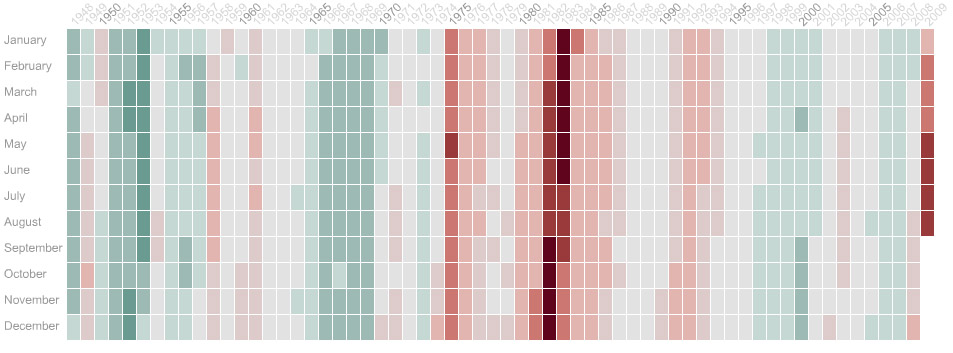Last week the Online Journal introduced a new live video feature, the News Hub. The 10-minute segments run twice a day, at 8:30 a.m. and 4:00 p.m. and are filmed about 15 feet from my desk. (You can occasionally see the back of my head in the video.)
In many ways, I think this is a great development. When I first came to the Journal in 2005, we couldn’t even embed video on our site. And now we’re putting out a live program twice a day. Print reporters are increasingly interested in working with WSJ.com and in doing things like video, which is how it should be. Of course, they also know that they have to do this sort of thing if they want to stay relevant and, frankly, keep their jobs. I’m not sure how comfortable everyone is with that.
Although the Journal doesn’t exactly have any fancy sets — or even a real desk — it does have a lot of smart, real business reporters. Honestly, I’d rather watch people like that than people who are more polished but less knowledgeable.
